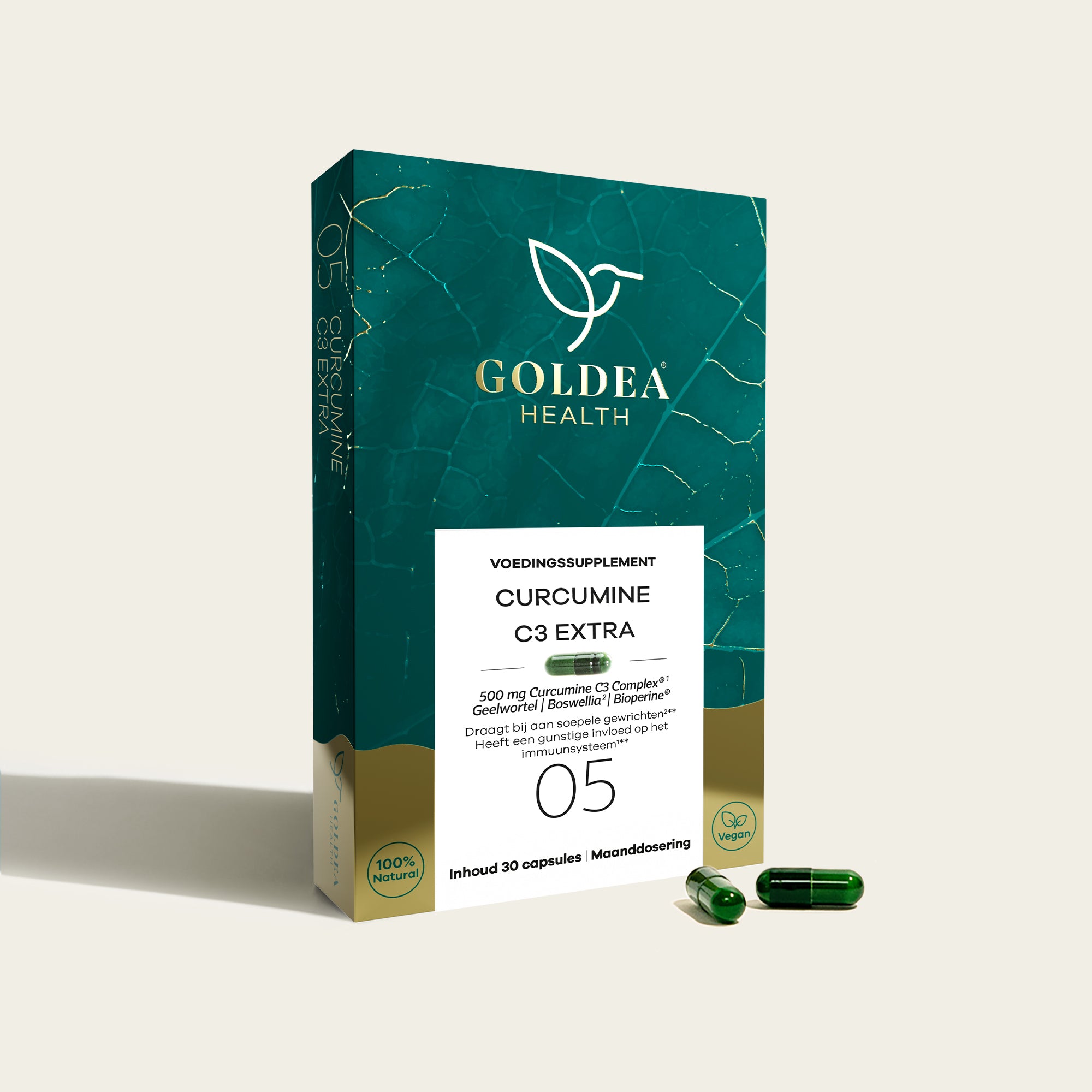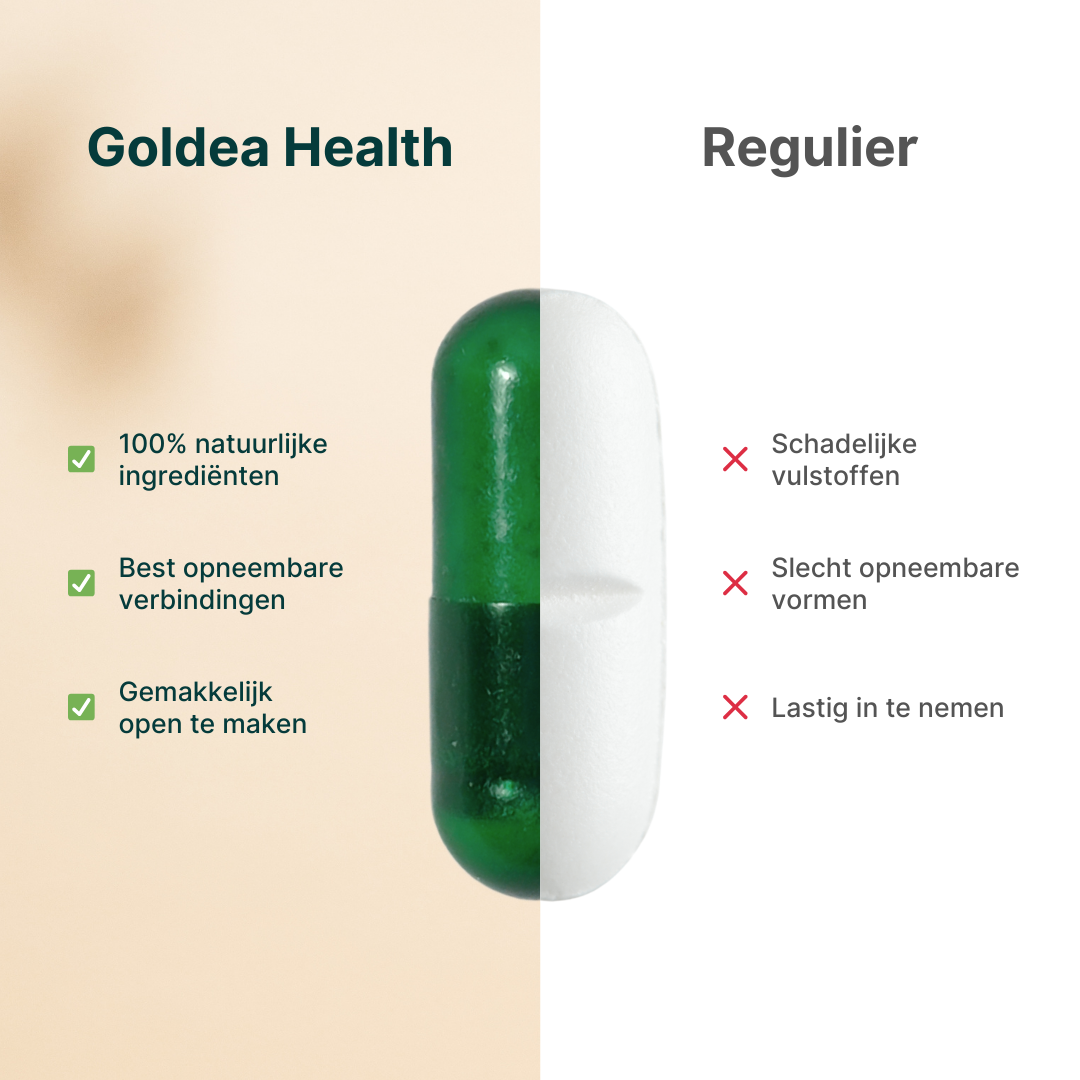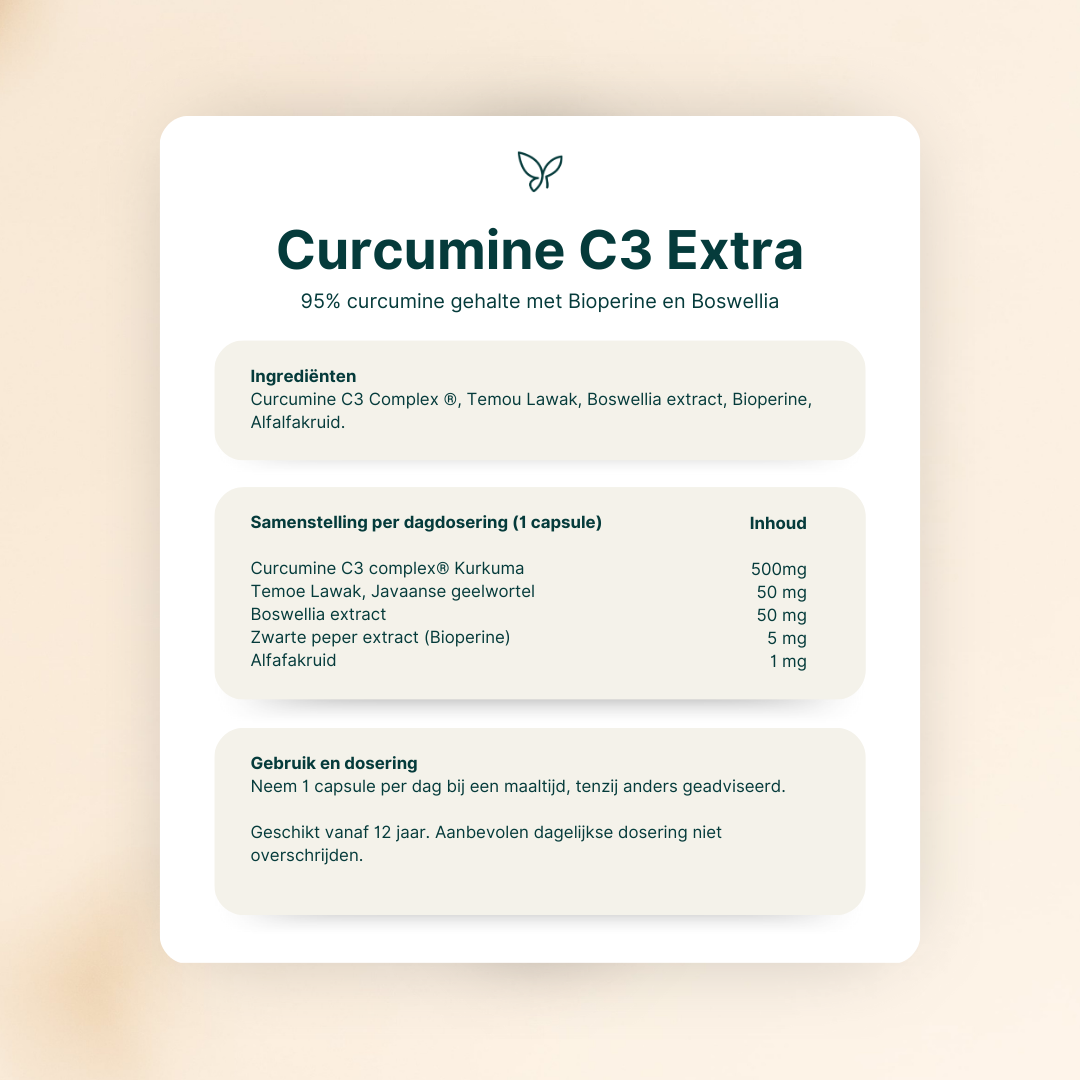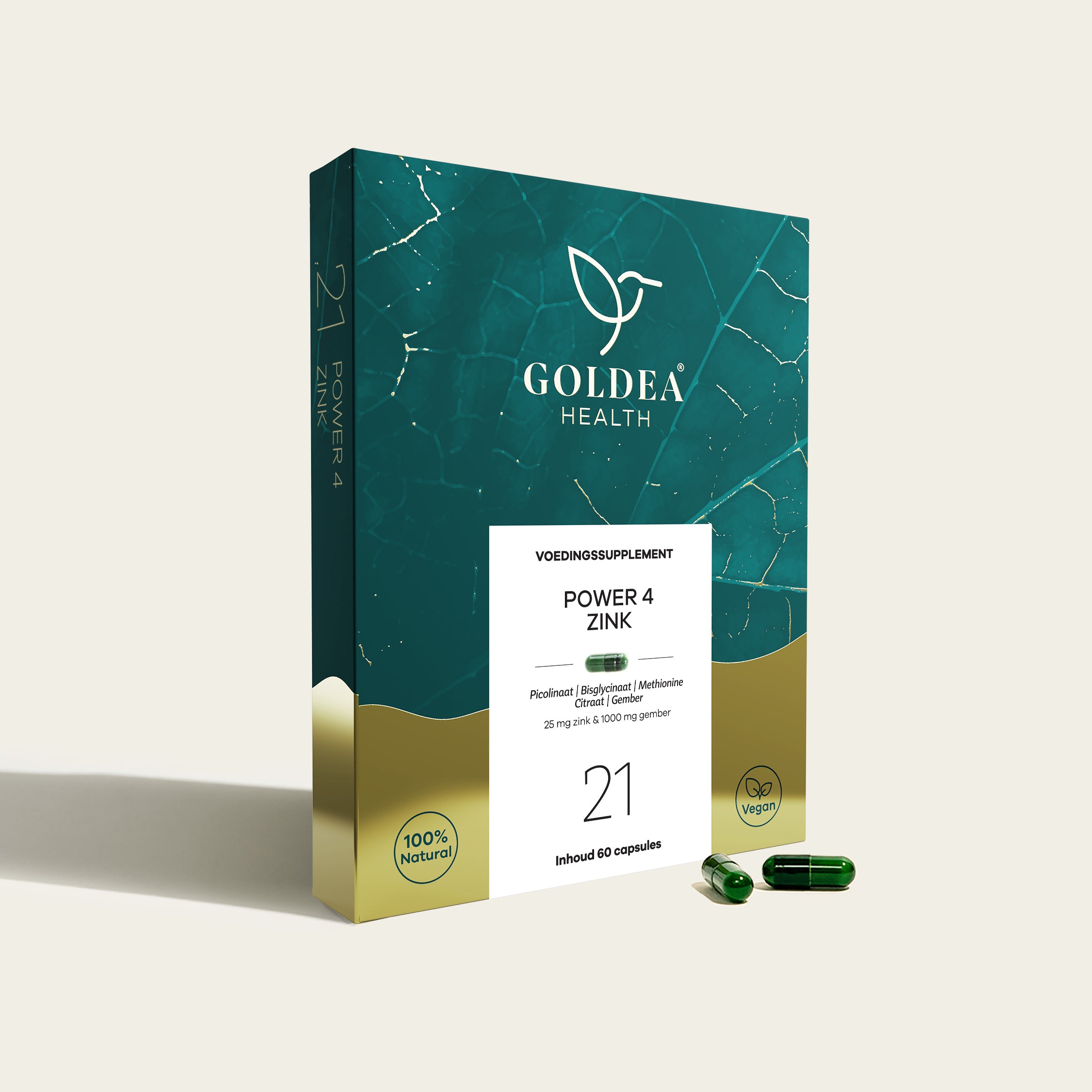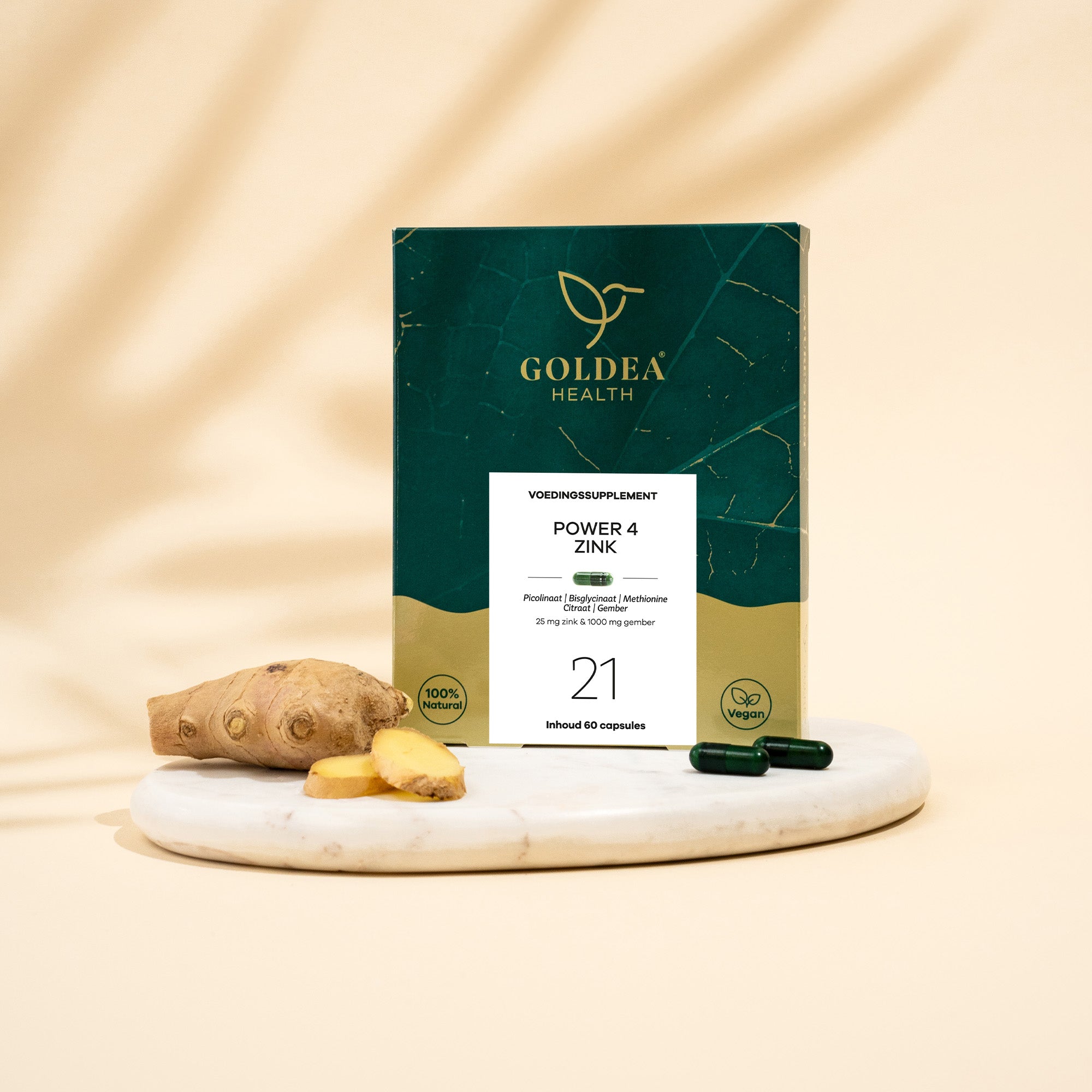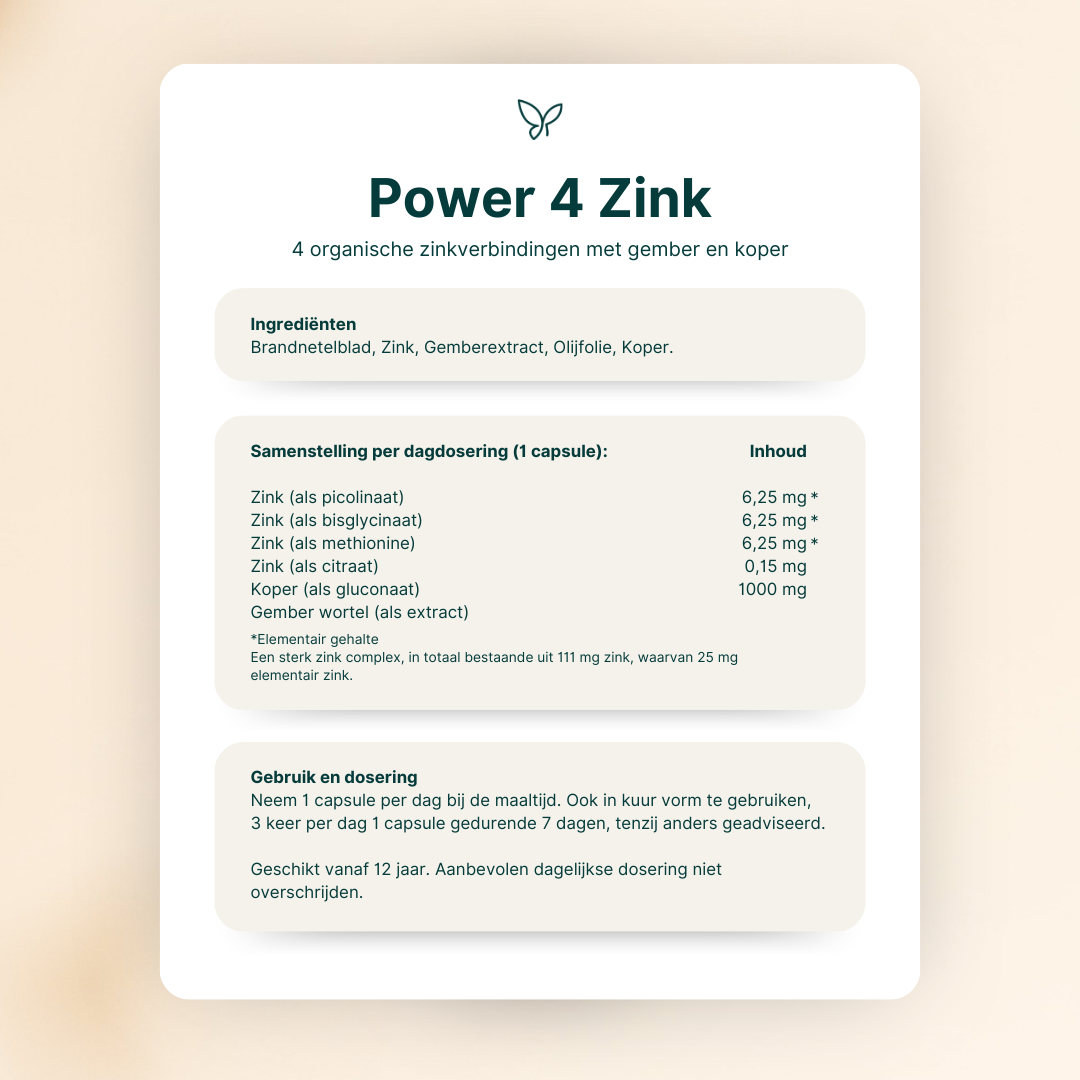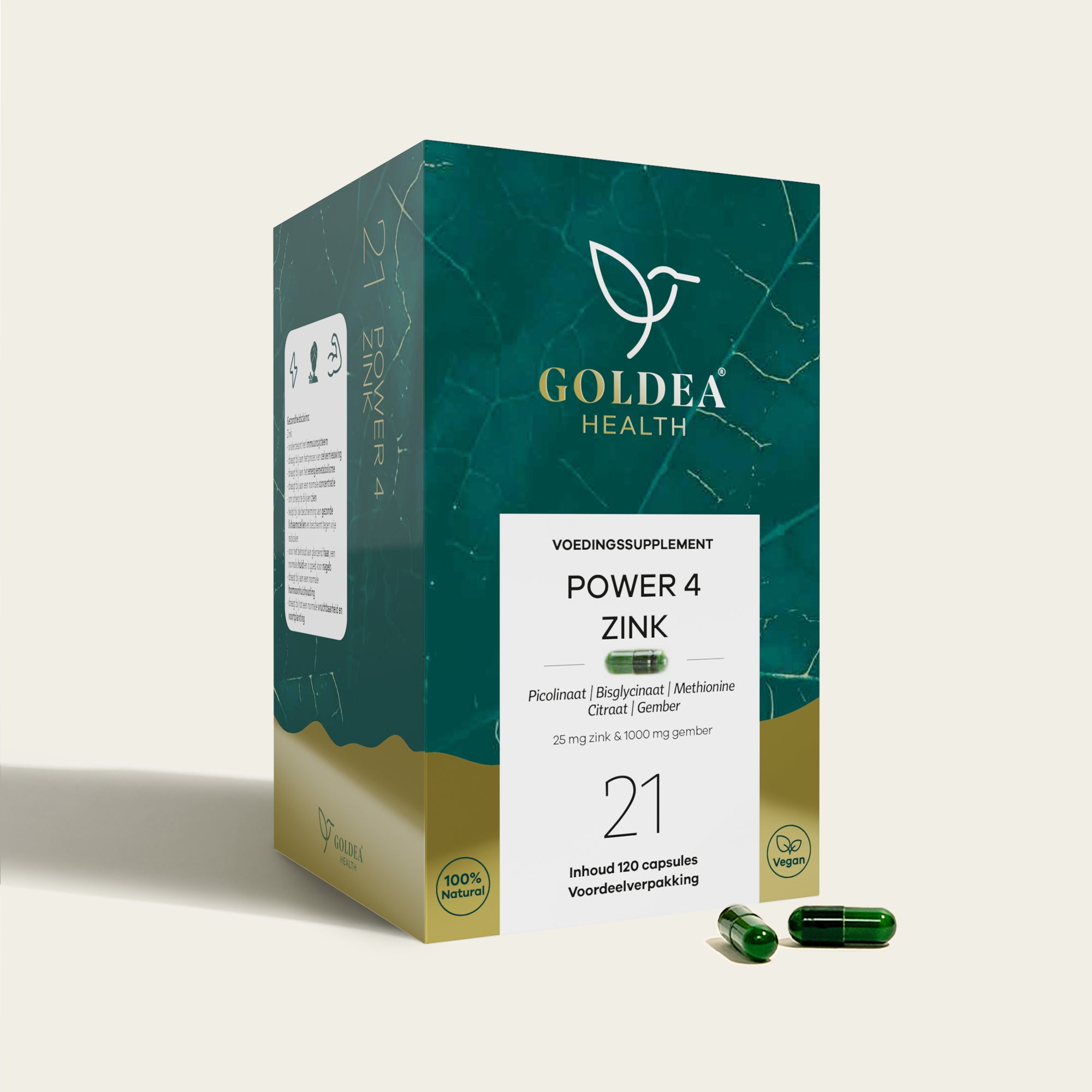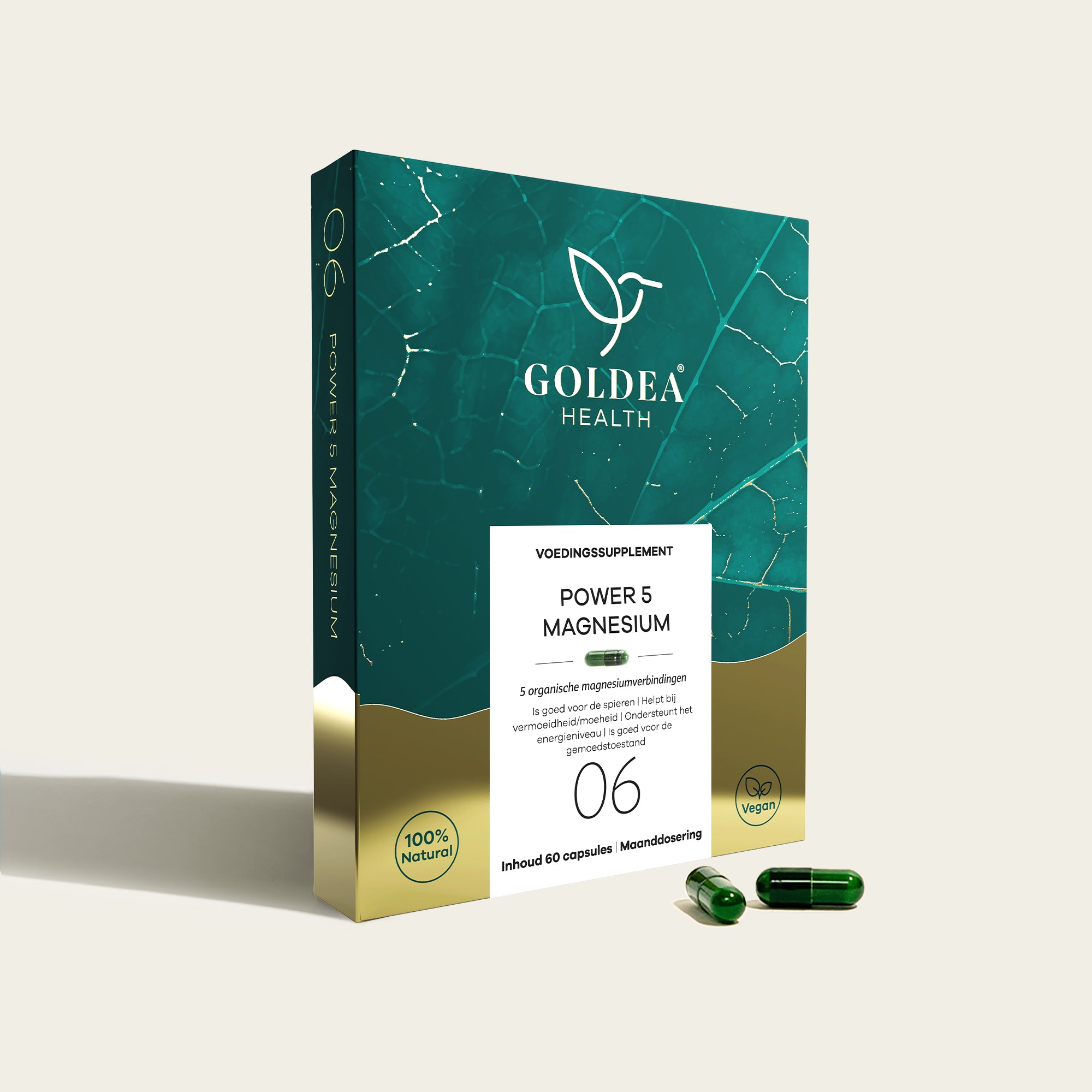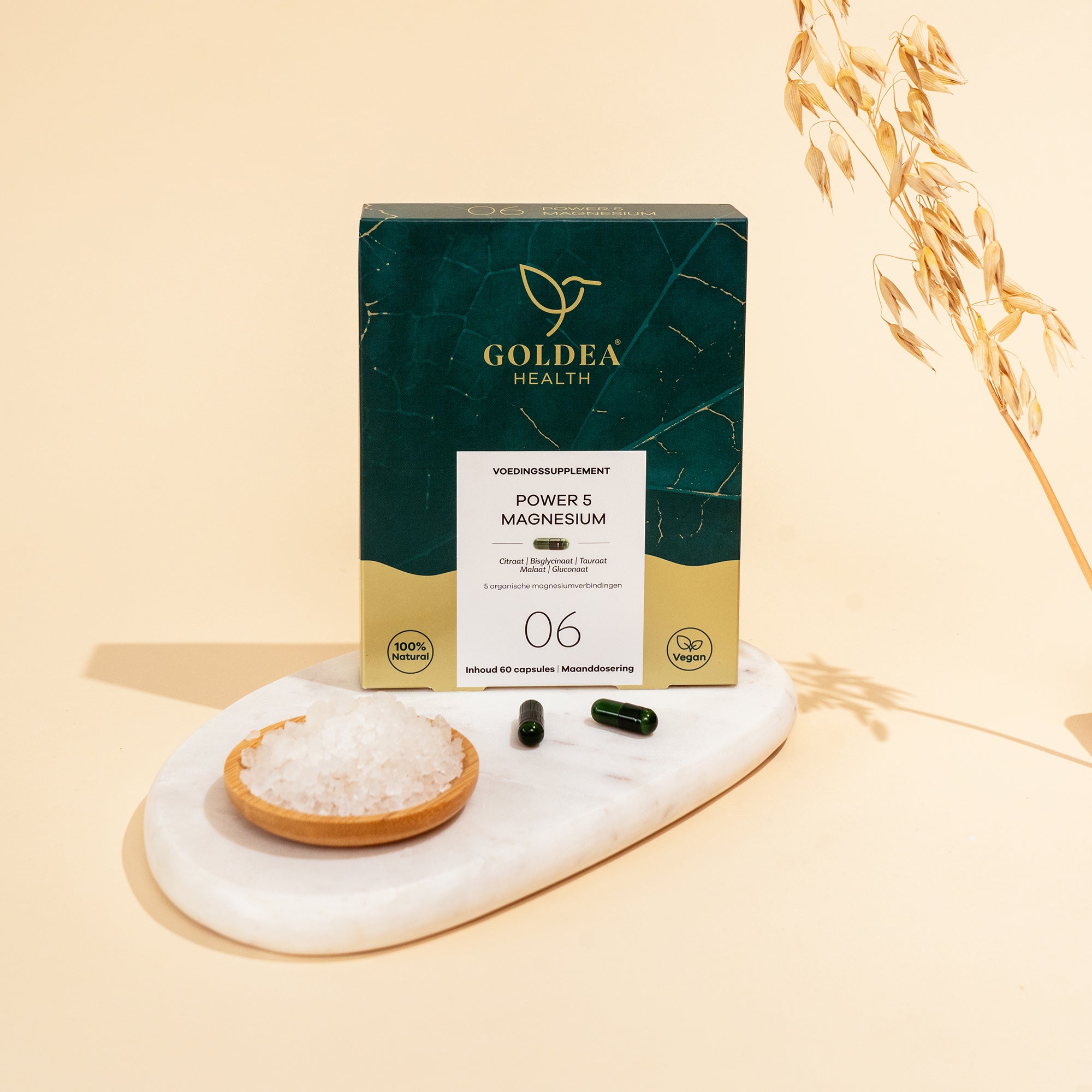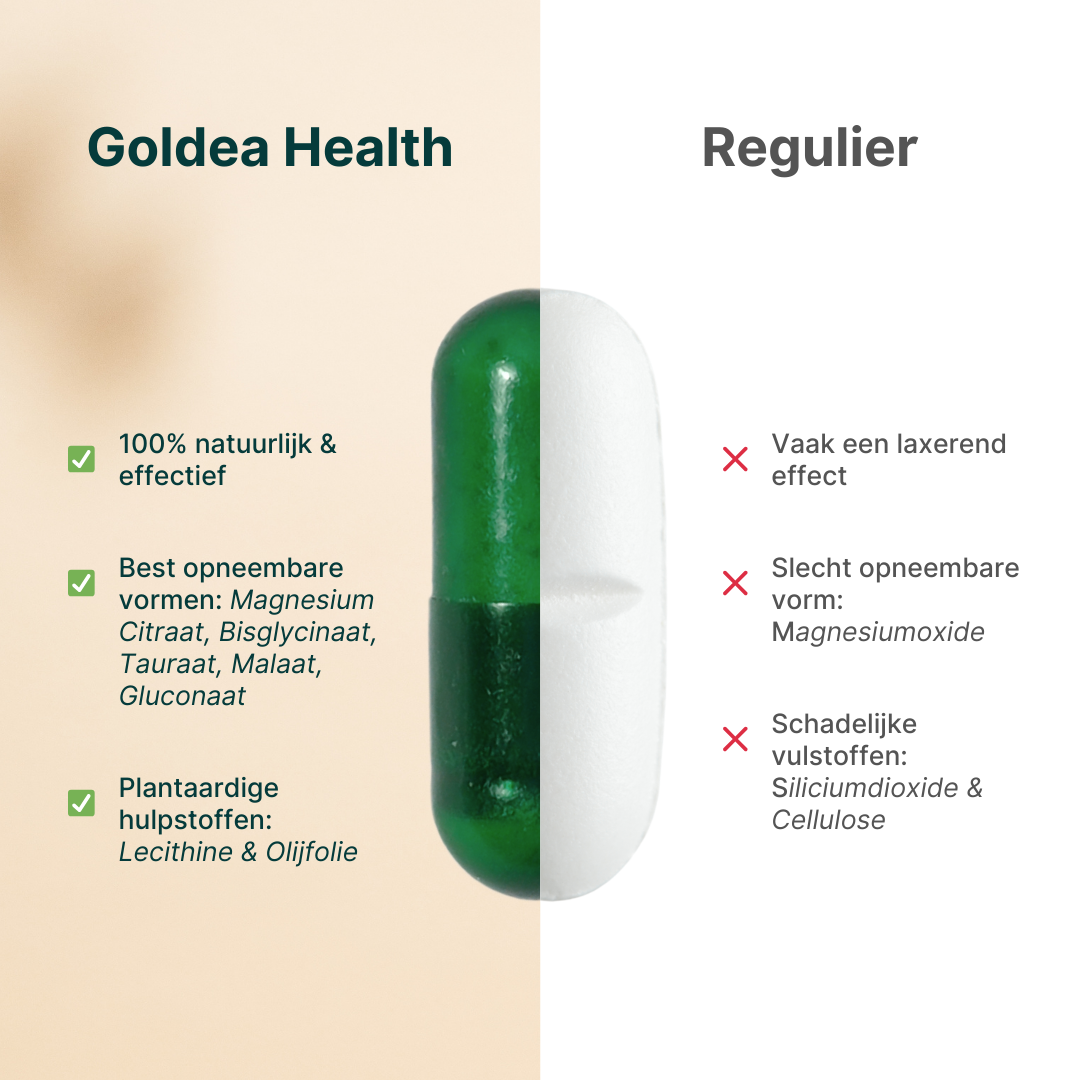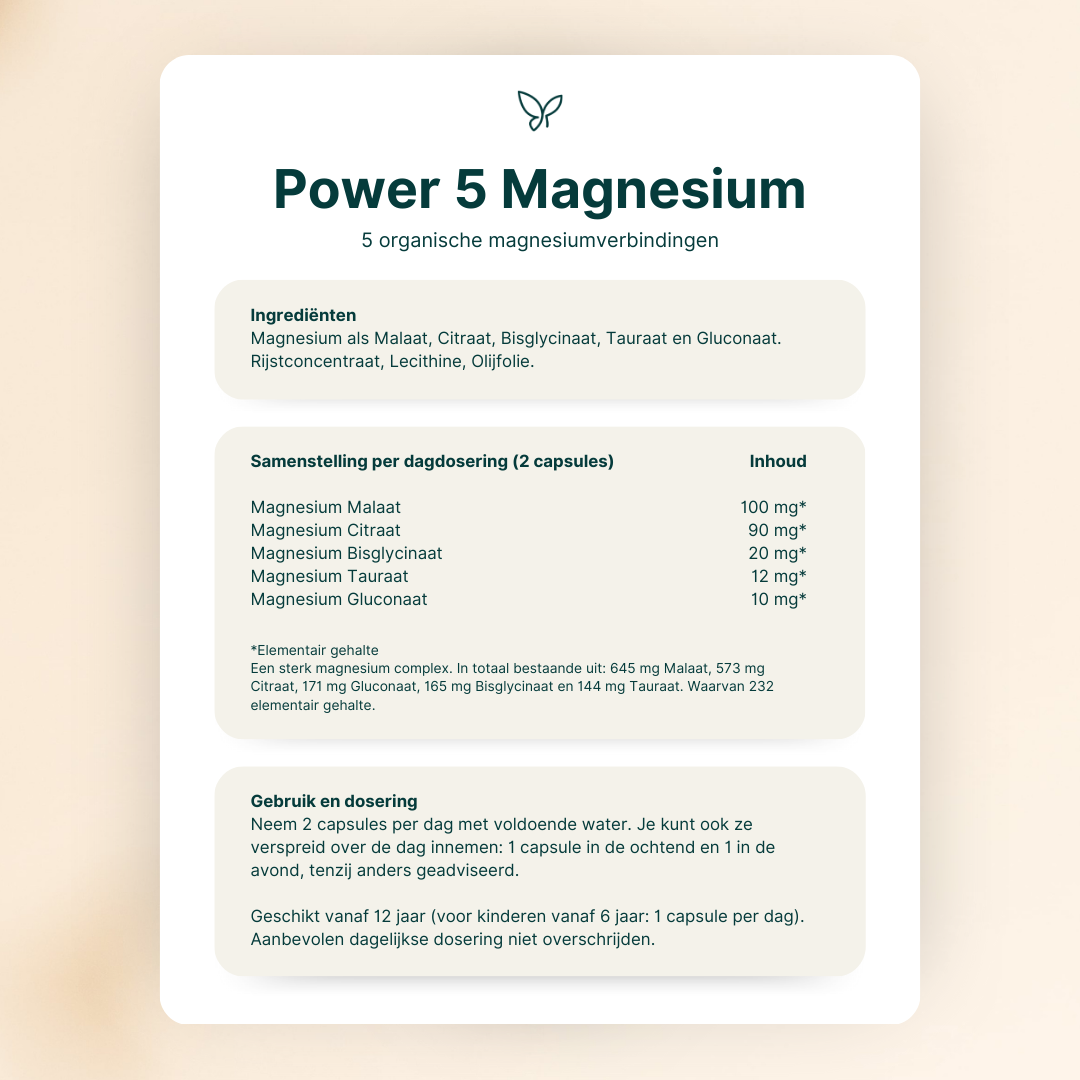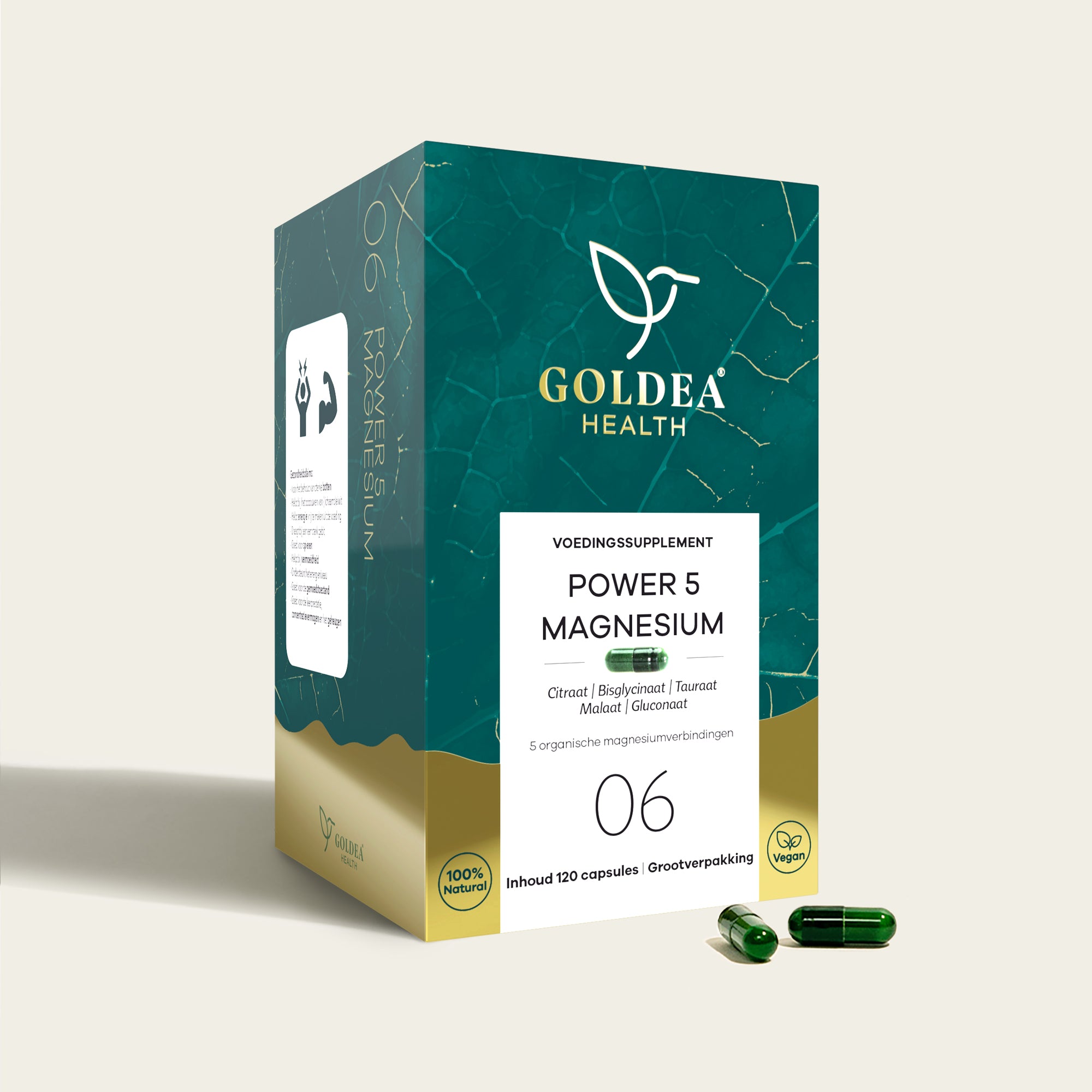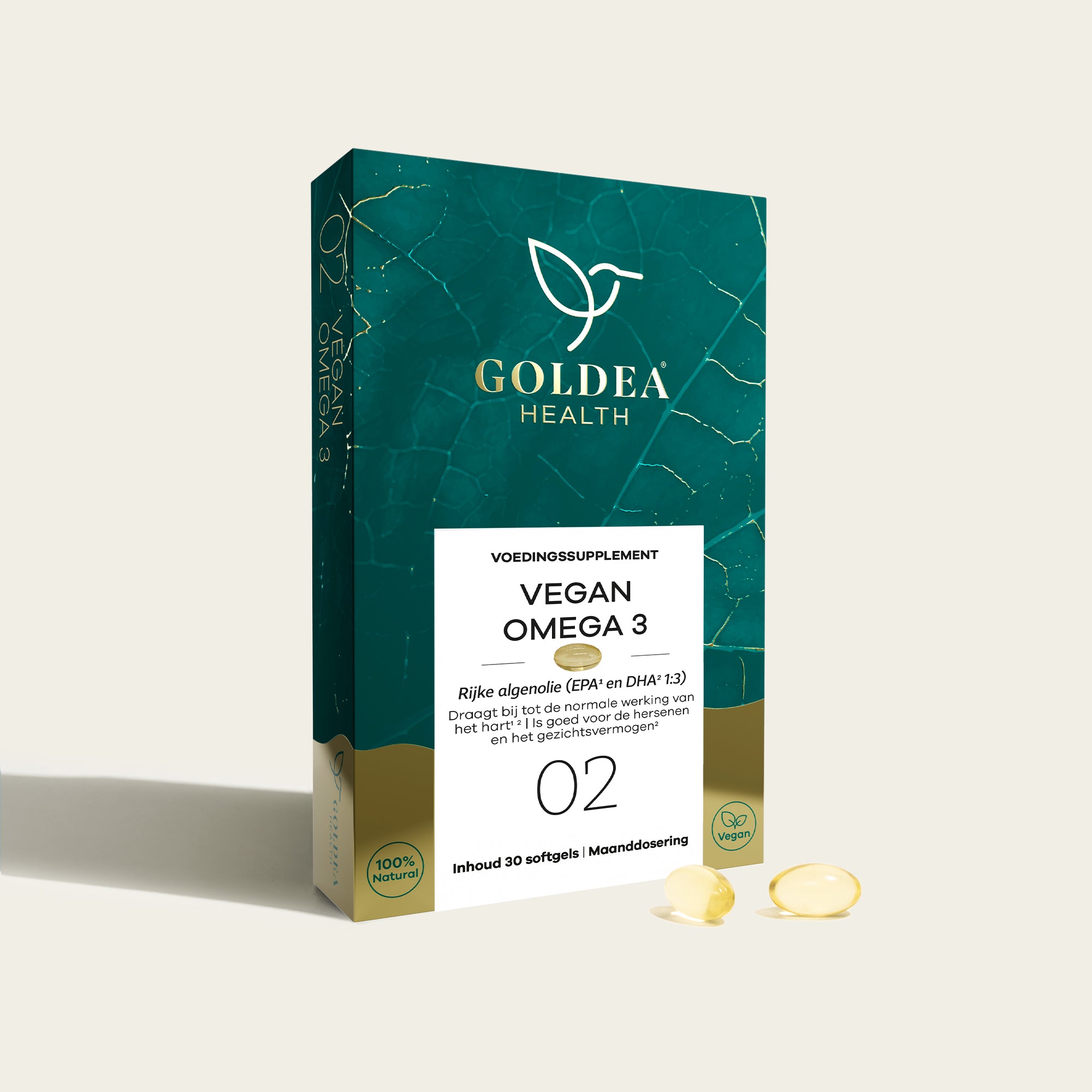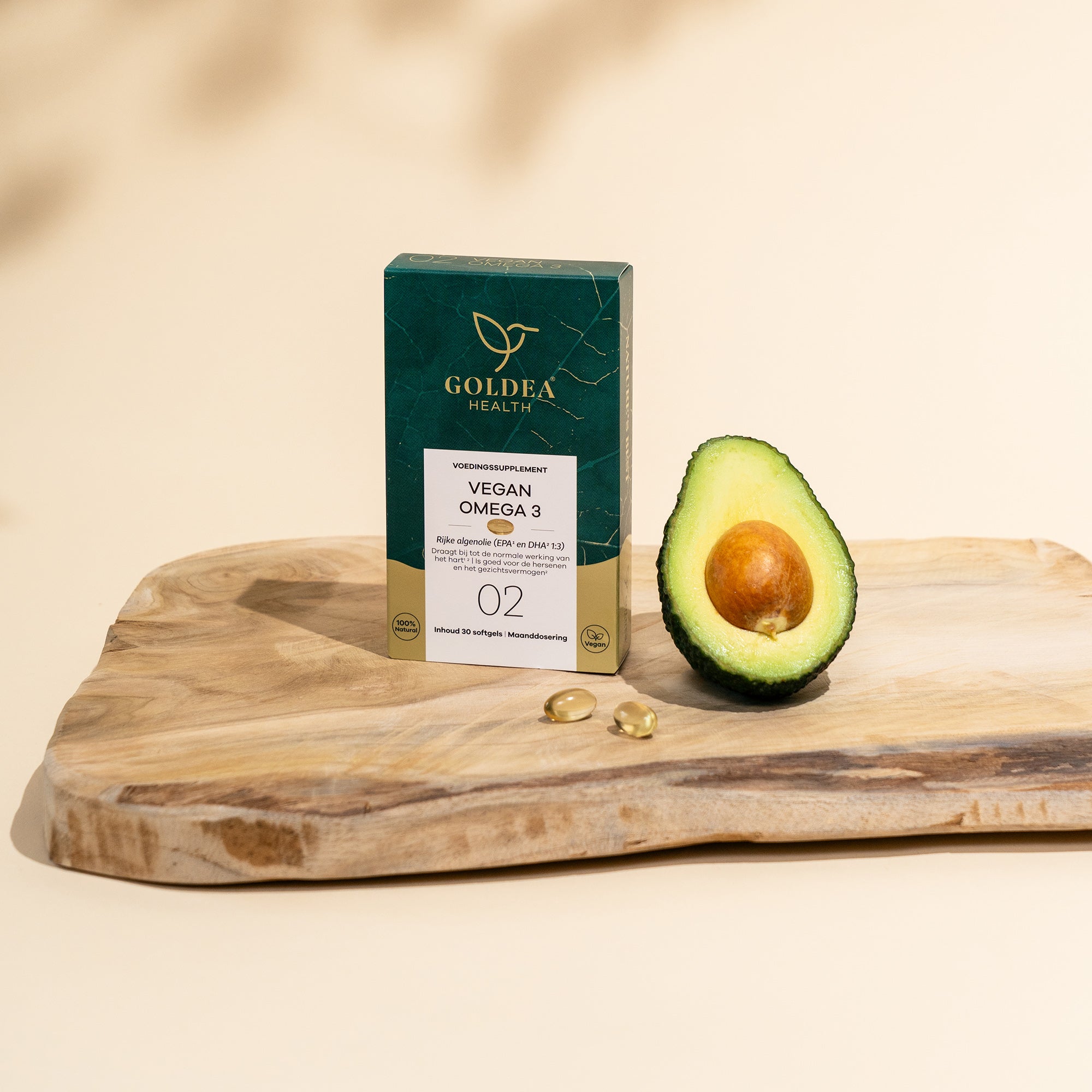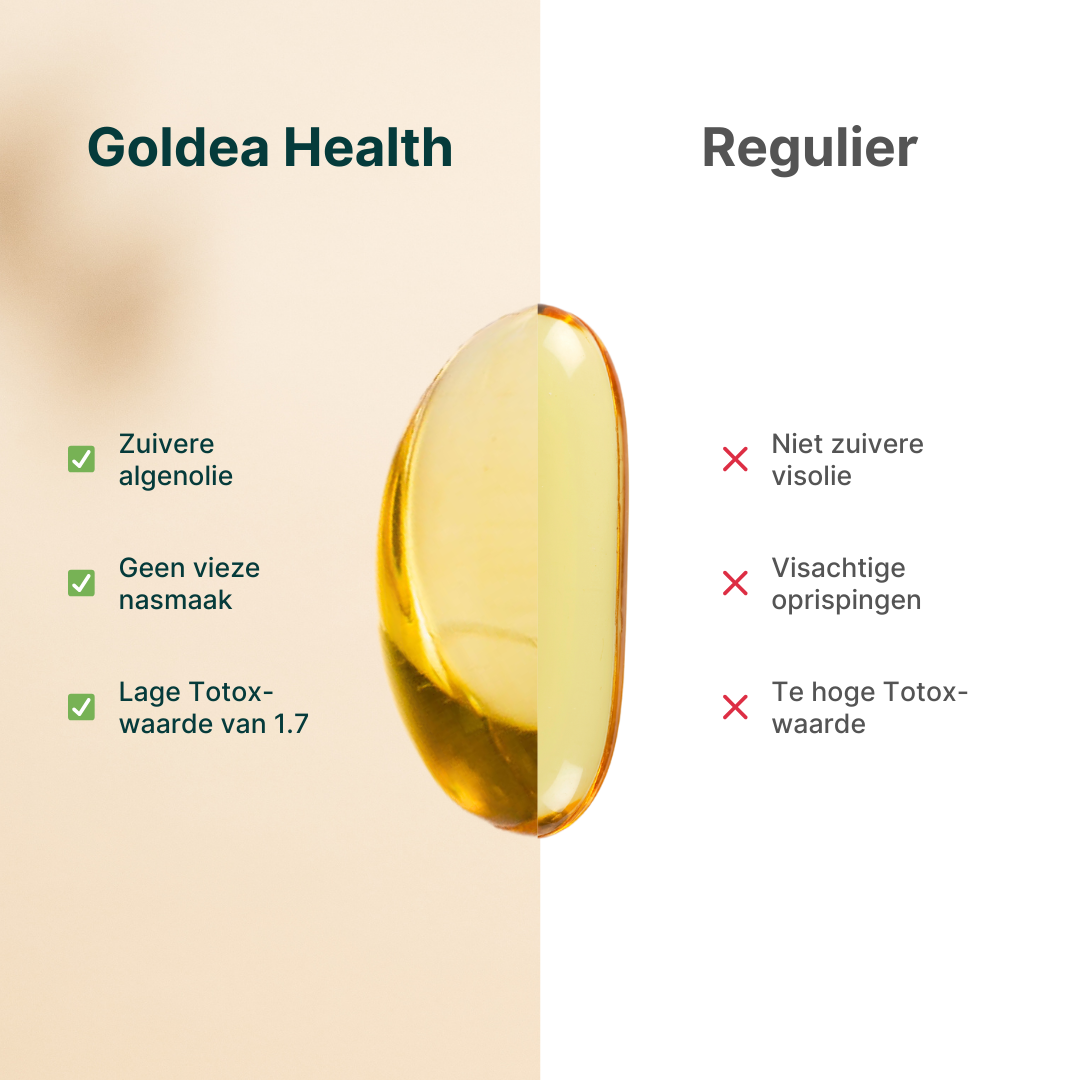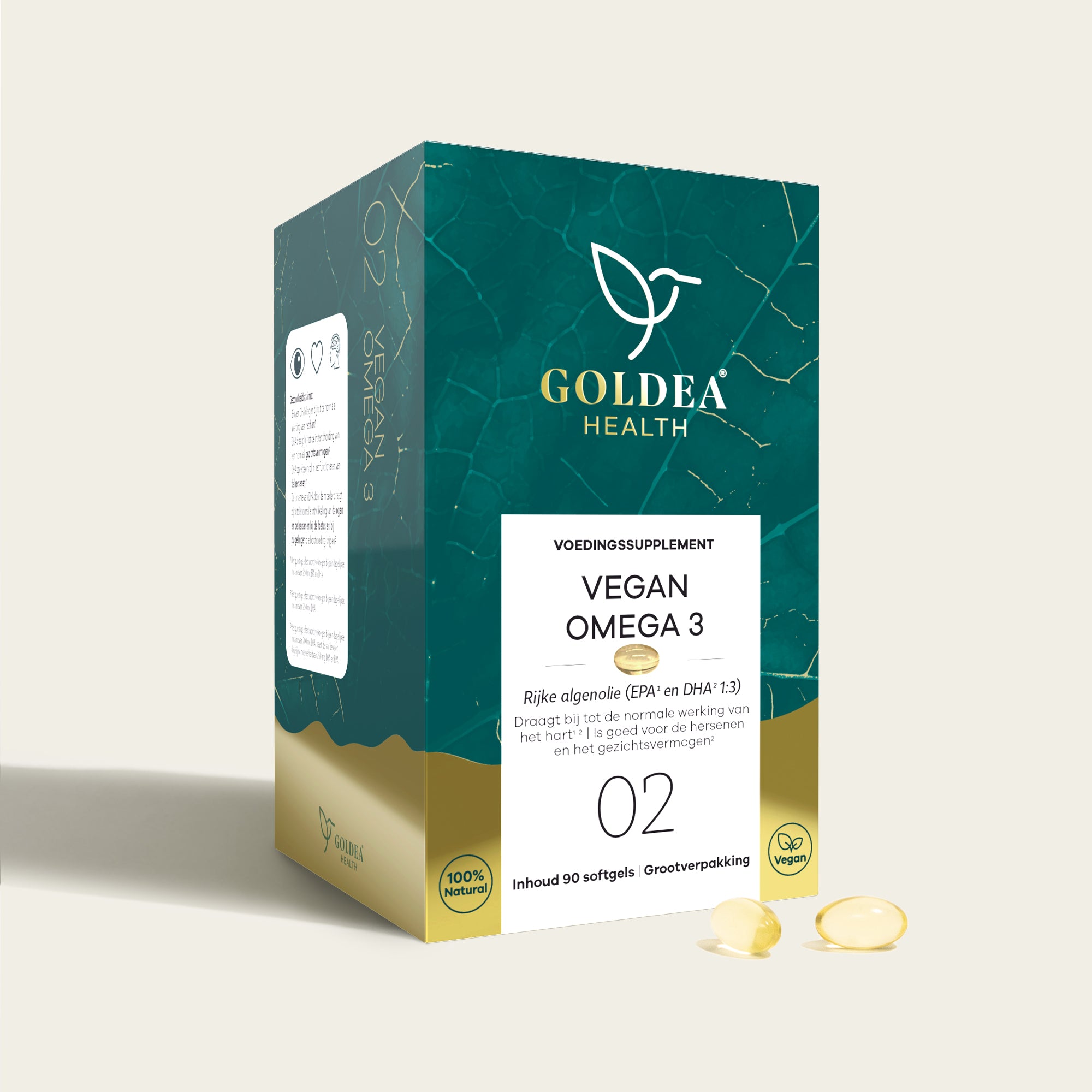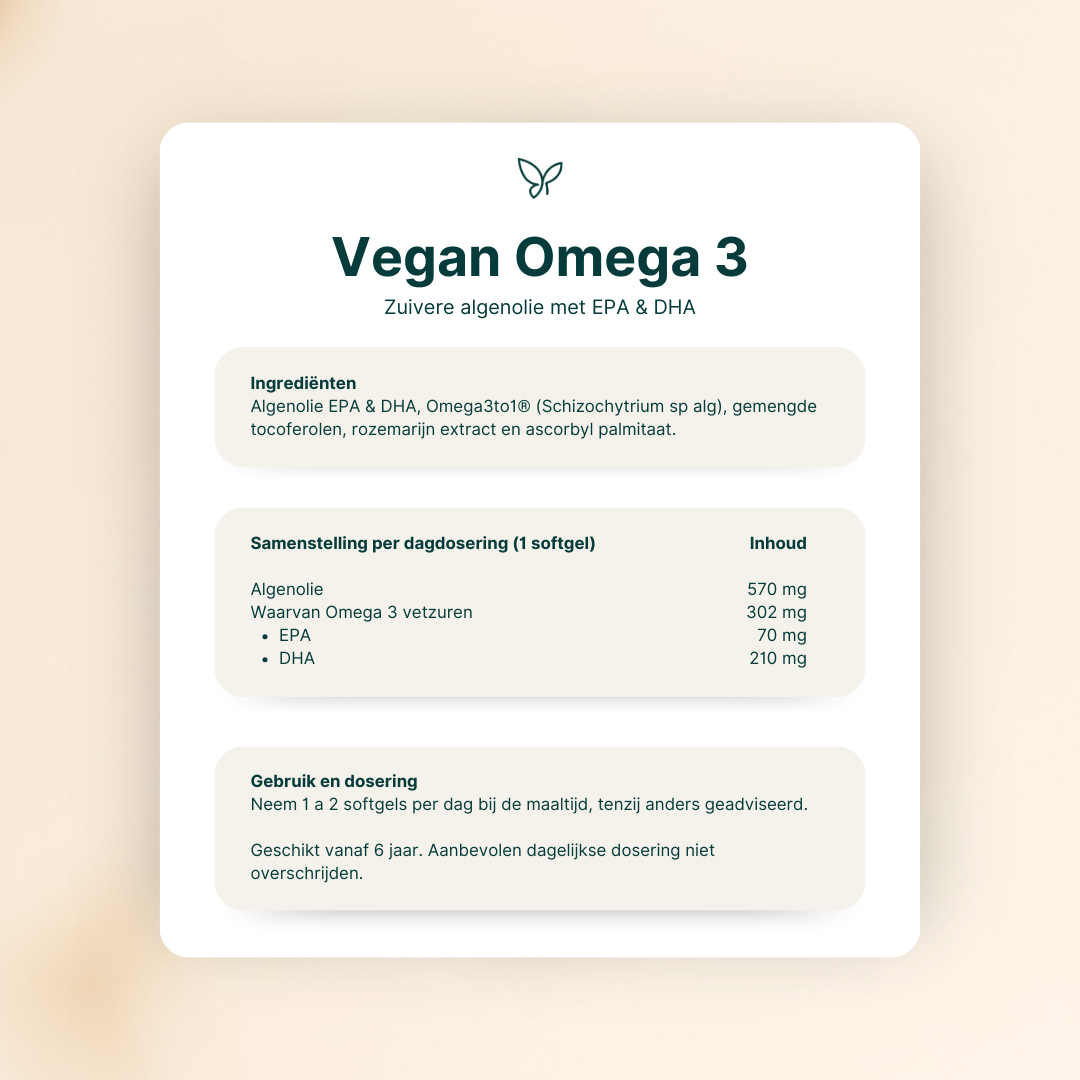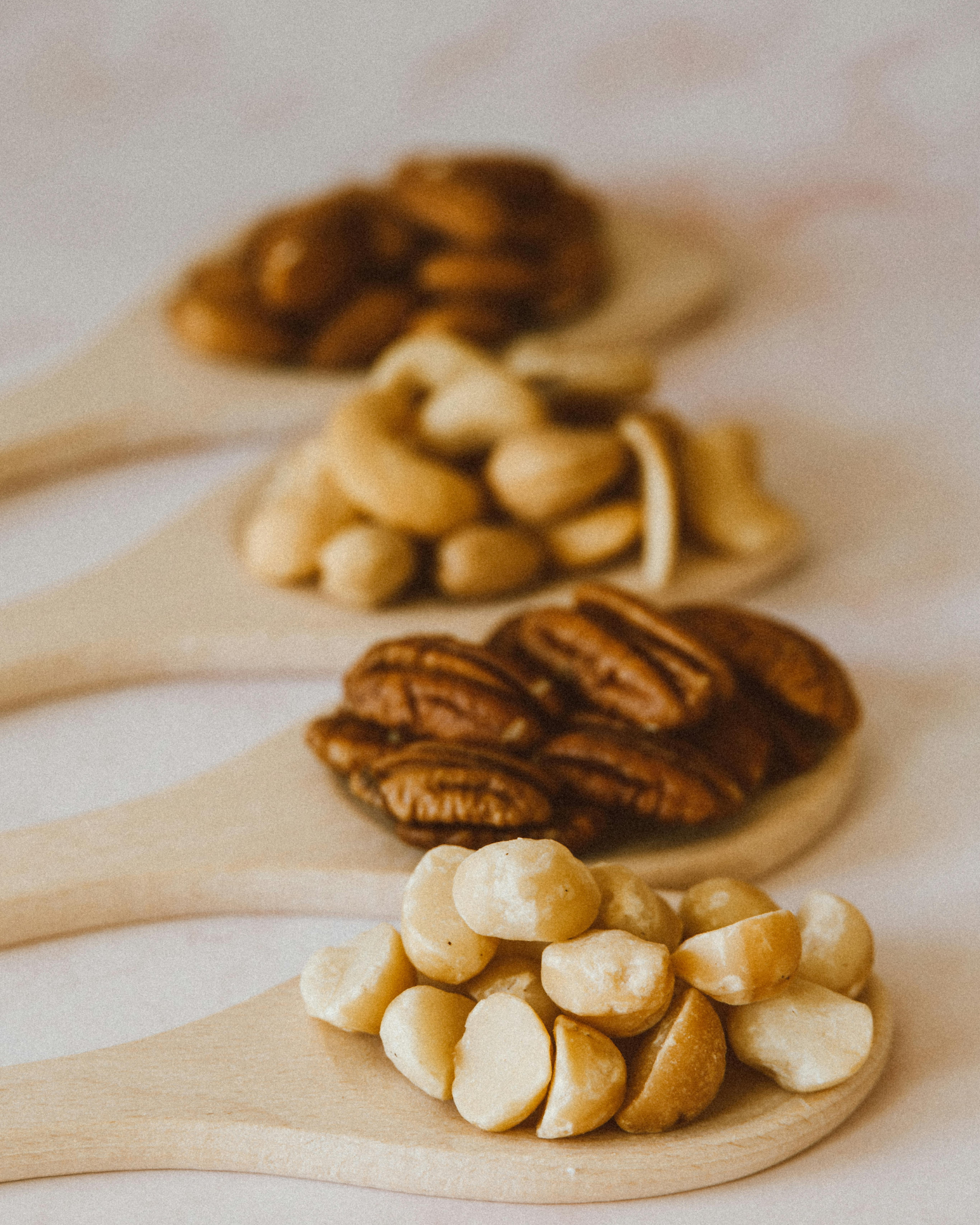Hewlings, S. J., & Kalman, D. S. (2017). Curcumin: A Review of Its Effects on Human Health. Foods (Basel, Switzerland) , 6 (10), 92. https://doi.org/10.3390/foods6100092
Maroon, J. C., Bost, J. W., & Maroon, A. (2010). Natural anti-inflammatory agents for pain relief. Surgical neurology international , 1 , 80. https://doi.org/10.4103/2152-7806.73804
Goldberg, R. J., & Katz, J. (2007). A meta-analysis of the analgesic effects of omega-3 polyunsaturated fatty acid supplementation for inflammatory joint pain. Pain , 129 (1-2), 210–223. https://doi.org/10.1016/j.pain.2007.01.020
Paultre, K., Cade, W., Hernandez, D., Reynolds, J., Greif, D., & Best, T. M. (2021). Therapeutic effects of turmeric or curcumin extract on pain and function for individuals with knee osteoarthritis: a systematic review. BMJ open sport & exercise medicine , 7 (1), e000935. https://doi.org/10.1136/bmjsem-2020-000935
Terry, R., Posadzki, P., Watson, L. K., & Ernst, E. (2011). The use of ginger (Zingiber officinale) for the treatment of pain: a systematic review of clinical trials. Pain medicine (Malden, Mass.) , 12 (12), 1808–1818. https://doi.org/10.1111/j.1526-4637.2011.01261.x
Martins LB, Rodrigues AM dos S, Rodrigues DF, dos Santos LC, Teixeira AL, Ferreira AVM. Double-blind placebo-controlled randomized clinical trial of ginger (Zingiber officinale Rosc.) addition in migraine acute treatment. Cephalalgia. 2019;39(1):68-76. doi:10.1177/0333102418776016




